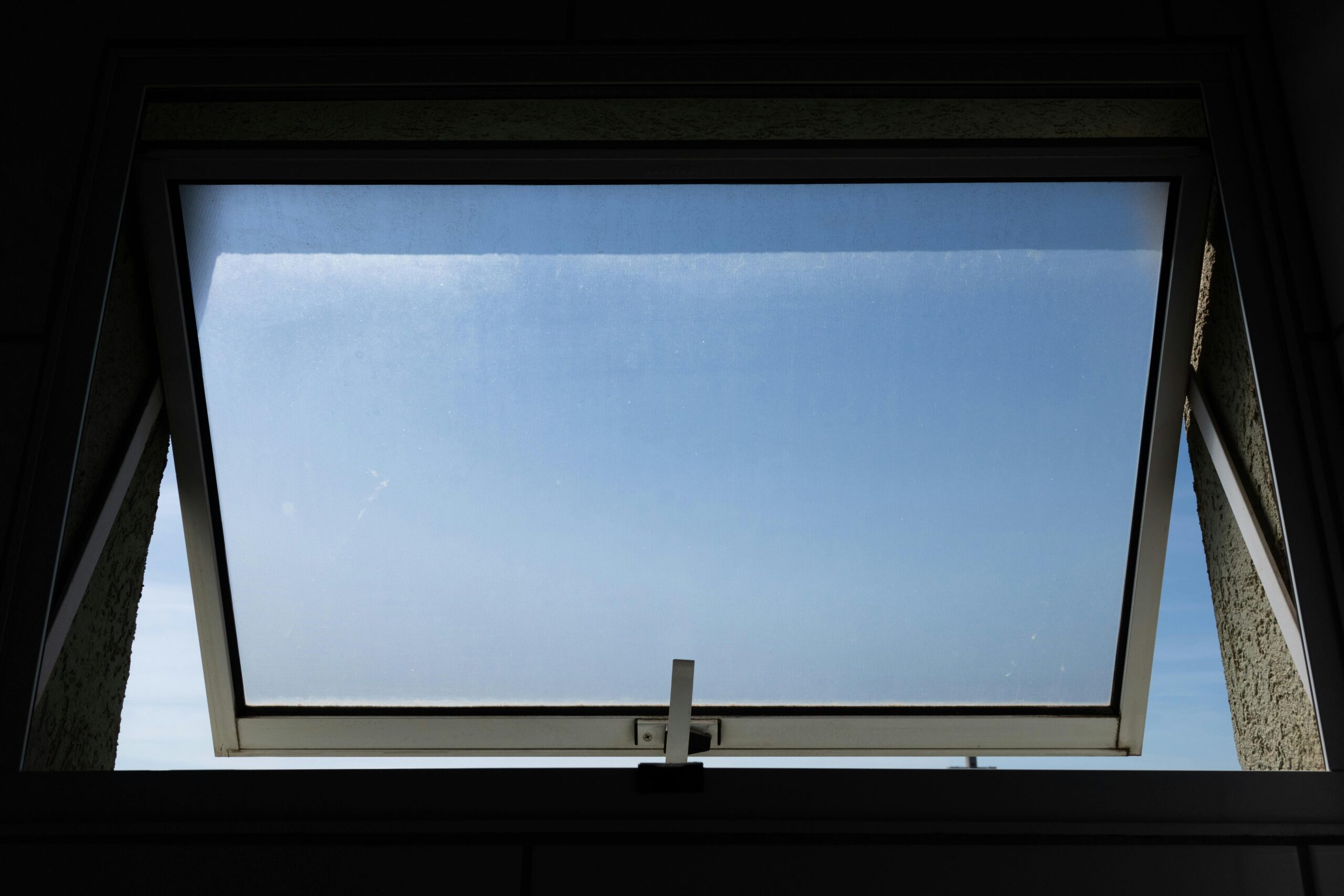
Why Clean Indoor Air Matters More Than Ever And How to Achieve It
30 October 2025
In the UK, we spend about 90% of our time indoors – at home, at work, or in public buildings. Yet, many people don’t realise that indoor air can be up to five times more polluted than outdoor air.
From poor ventilation to urban traffic emissions, our modern environments often trap pollutants inside, quietly affecting our health, comfort, and productivity.
At Healthy Air Technology, we believe everyone deserves clean air, no matter where they live. Here’s why indoor air quality matters, what affects it, and how you can take control.
1. Poor Ventilation: The Invisible Contributor to Indoor Pollution
Modern homes and offices are built to be energy-efficient – but sealed windows and tight insulation often mean air can’t escape or dilute properly. Everyday activities like cooking, cleaning, or lighting candles can quietly release pollutants such as nitrogen dioxide (NO₂), volatile organic compounds (VOCs), and fine particulate matter (PM2.5).
When ventilation is poor, these pollutants accumulate over time, sometimes reaching levels above World Health Organization (WHO) guidelines.
What research shows
- Routine household tasks in unventilated homes can push NO₂ and PM2.5 above safe limits.
- The UK Health & Safety Executive considers CO₂ above 1,500 ppm a sign of inadequate ventilation.
- Many new UK homes still fall short of ventilation standards, despite strict energy efficiency goals.
What you can do
- Open windows or vents for 5–15 minutes daily – short bursts are more effective than keeping them ajar all day.
- Regularly service extractor fans and HVAC systems.
- Monitor indoor air quality (PM2.5, NO₂, VOCs, CO₂) to detect hidden issues.
- Use air purification where natural ventilation is limited.
Our DNO purification technology actively eliminates airborne pollutants without creating secondary emissions – maintaining clean, safe air even in sealed spaces.
2. Air Pollution and Lung Health: Why It Matters for Everyone
According to the British Lung Foundation, 1 in 5 people in the UK will experience a lung condition in their lifetime — and air pollution is a major contributing factor.
For people with asthma, COPD, or other respiratory conditions, indoor pollutants like PM2.5, VOCs, and NO₂ can make symptoms worse, even after short exposures.
Health impacts include:
- Increased coughing and respiratory irritation
- More frequent asthma attacks or flare-ups
- Reduced lung function and sleep quality
- Lower comfort and concentration
What you can do
- Avoid aerosol sprays and harsh cleaning chemicals.
- Improve ventilation during cooking or cleaning.
- Keep HVAC systems clean and well-maintained.
- Use high-performance air purifiers to remove fine particles and reactive gases.
Our systems help protect those most vulnerable – filtering and neutralising pollutants to create cleaner, healthier breathing environments for everyone.
3. Urban Living: When Outdoor Pollution Comes Indoors
Over 85% of the UK population lives in urban areas, many near busy roads. Unfortunately, traffic pollution doesn’t stop at your doorstep.
Pollutants like NO₂, PM2.5, and VOCs easily infiltrate indoor spaces through open windows and ventilation systems — meaning you could be breathing traffic fumes even in your living room or office.
The real-world impact
Public Health England estimates that long-term air pollution contributes to 28,000–36,000 premature deaths each year.
The tragic story of Ella Kissi-Debrah, a young girl from South London whose death was linked to illegal NO₂ levels from nearby traffic, is a stark reminder of the risks.
Case study: Urban Antwerp, 2025
When a Healthy Air 500 purifier was tested in an apartment beside a major road in Nieuw Zuid, Antwerp:
- PM10 levels indoors averaged 67% lower than outdoors
- PM2.5 was reduced by 71%
- TVOCs were 50% lower
Even with open windows and continuous outdoor pollution, the system maintained air quality within EU safety limits – proving that smart purification can make a measurable difference, even in the most polluted environments.
Clean air shouldn’t depend on your postcode.
4. Vulnerable Groups: Why Children and Older Adults Are Most at Risk
We all breathe the same air but not all bodies respond the same way.
Children’s lungs are still developing, and older adults naturally have reduced lung capacity. Both groups are more sensitive to pollutants and slower to recover from exposure.
The science
- The World Health Organization estimates that over 90% of children globally breathe air exceeding WHO limits.
- Among older adults, air pollution is linked to higher hospital admissions for respiratory and cardiac issues, even at moderate exposure levels.
What can help
- Maintain good ventilation and filtration in schools, nurseries, and care homes.
- Use air monitors to track pollution peaks.
- Employ air purification systems to reduce particulates and harmful gases.
Our DNO-based purification safely destroys fine particles and reactive gases without producing ozone or other by-products – protecting those who need it most.
The Takeaway: Breathing Easier Starts Indoors
Indoor air pollution isn’t always visible but its effects are real. From urban traffic to everyday activities, poor ventilation and pollutant build-up can impact your health, productivity, and overall wellbeing.
At Healthy Air Technology, we’re dedicated to making clean air achievable for everyone. Our DNO purification systems provide safe, measurable, and continuous protection against airborne pollutants because breathing well shouldn’t depend on where you live or work.
Photo by Athena Sandrini: https://www.pexels.com/photo/opened-window-2077343/
Latest News

The Hidden Risk of Clean Air: Secondary Pollution from Air Purifiers
When most people think of improving indoor air quality, air purifiers often come to mind as a simple…

Why Clean Indoor Air Matters More Than Ever And How to Achieve It
In the UK, we spend about 90% of our time indoors – at home, at work, or in…

Light, Air, and Mood: How Our Environments Shape Energy in Autumn
As the days grow shorter, many of us notice a shift in energy, mood, and focus. Less daylight…

